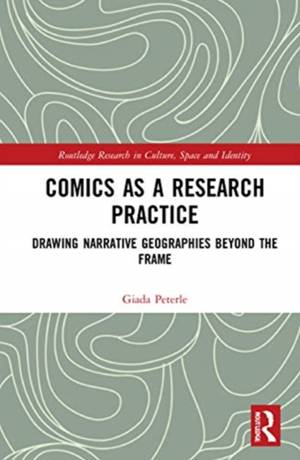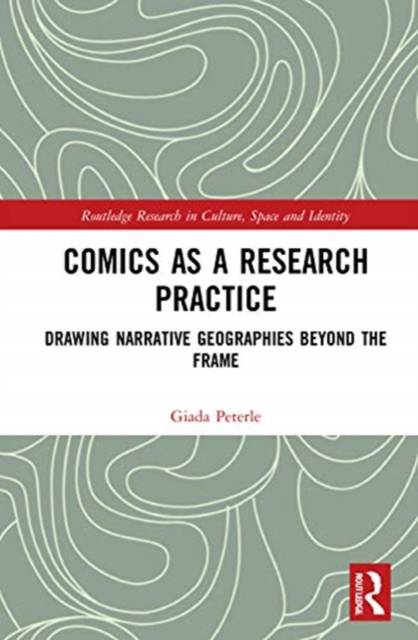
- Retrait gratuit dans votre magasin Club
- 7.000.000 titres dans notre catalogue
- Payer en toute sécurité
- Toujours un magasin près de chez vous
- Retrait gratuit dans votre magasin Club
- 7.000.0000 titres dans notre catalogue
- Payer en toute sécurité
- Toujours un magasin près de chez vous
Description
This book proposes a novel creative research practice in geography based on comics. It presents a transdisciplinary approach that uses a set of qualitative visual methods and extends from within the geohumanities across literary spatial studies, comics, urban studies, mobility studies, and beyond.
Written by a geographer-cartoonist, the book focuses on 'narrative geographies' and embraces a geocritical and relational approach to examine comic book geographies in pursuit of a growing interest in creative, art-based experimental methods in the geohumanities. It explores comics-based research through interconnections between art and geography and through theoretical and methodological contributions from scholars working in the fields of the social sciences, humanities, literary geographies, mobilities, comics, literary studies, and urban studies, as well as from visual artists, comics authors, and art practitioners. Comics are valuable objects of geographical interest because of their spatial grammar. They are also a language particularly suited to geographical analysis, and the 'geoGraphic novel' offers a practice of research that has the power to assemble and disassemble new spatial meanings. The book thus explores how the 'geoGraphic novel' as a verbo-visual genre allows the study of geographical issues, composes geocentred stories, engages wider and non-specialist audiences, promotes geo-artistic collaboration, and works as a narrative intervention in urban contexts.
Through a practice-based approach and the internal perspective of a geographer-cartoonist, the book provides examples of how geoGraphic fieldwork is conducted and offers analysis of the processes of ideation, composition, and dissemination of geoGraphic narratives.
Spécifications
Parties prenantes
- Auteur(s) :
- Editeur:
Contenu
- Nombre de pages :
- 190
- Langue:
- Anglais
- Collection :
Caractéristiques
- EAN:
- 9780367524654
- Date de parution :
- 19-05-21
- Format:
- Livre relié
- Format numérique:
- Genaaid
- Dimensions :
- 156 mm x 234 mm
- Poids :
- 449 g

Les avis
Nous publions uniquement les avis qui respectent les conditions requises. Consultez nos conditions pour les avis.






